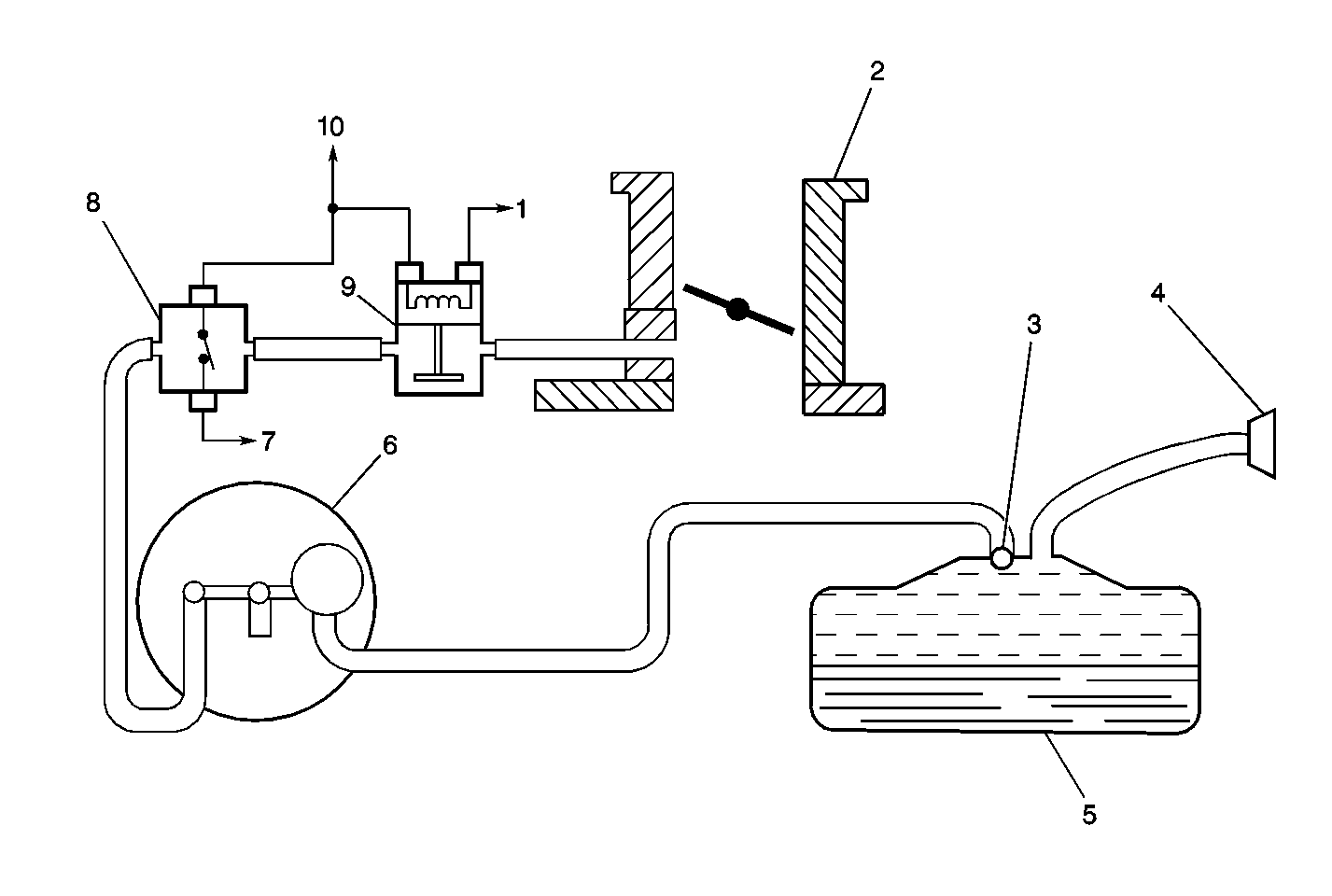The basic Evaporative Emission (EVAP) Control system used on all vehicles
is the charcoal canister storage method. This method transfers fuel vapor
from the fuel tank to an activated carbon (charcoal) storage device (canister)
to hold the vapors when the vehicle is not operating. When the engine is running,
the fuel vapor is purged from the carbon element by intake air flow and consumed
in the normal combustion process.

